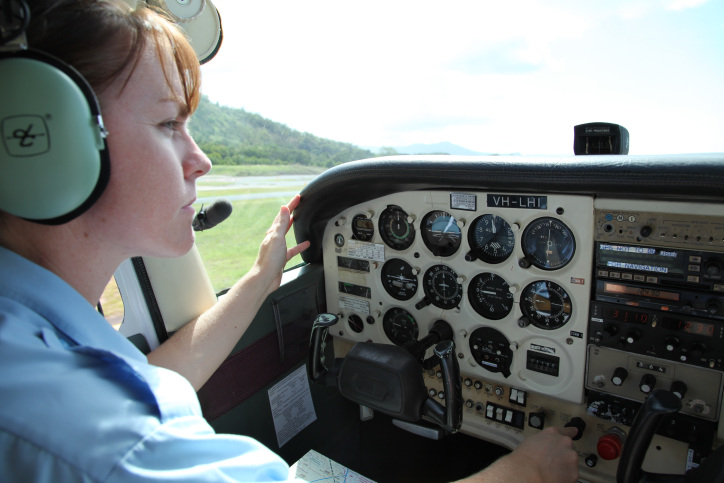Professor James Reason, CBE, 1938-2025
James Reason, the originator of the Swiss cheese theory of accident causation died on 5 February. He was 86 and had been in poor health.
Reason’s theory was widely adopted in a range of high consequence industries, notably aviation. It was a practical and easily understandable expression of systems theory, which broadened attention from errors and supposed failings of individuals, to the design of the systems in which they operated. And it was inspired by a cat.
Reason told the story in his wryly titled autobiography, A life in error.
One afternoon in the early 1970s, I was boiling a kettle of tea. The teapot (those were the days when tea leaves went into the pot rather than teabags) was waiting open-topped on the kitchen surface. At that moment, the cat – a very noisy Burmese – turned up at the nearby kitchen door, howling to be fed. I have to confess I was slightly nervous of this cat and his needs tended to get priority. I opened a tin of cat food, dug in a spoon and dolloped a large spoonful of cat food into the teapot.
After by his own admission swearing at the cat, Reason pondered the nature of his ‘behavioural spoonerism’. He realised it was neither intentional nor random. From this insight evolved a theory of accident causation that examined the interaction between human actions, preconditions, and defences, or barriers. In aviation these barriers include maintenance systems, standard operating procedures and checklists, pilot licensing, ATC, and airspace design. Australian safety pioneer Rob Lee coined the term Swiss cheese to describe how the barriers in Reason’s theory contained metaphorical holes that opened, closed and moved. This sometimes allowed what Reason called ‘a trajectory of accident opportunity’, to pass through.
‘I am indebted to him, because I love the name,’ Reason said. Nuclear engineer John Wreathall also contributed to the evolution of Reason’s thought.
Other safety thinkers occasionally ‘poked holes,’ one might say, in the Swiss cheese model, pointing out rightly that it lacks detail. Reason acknowledged these arguments, and was among the first to criticise the original version of his model. But he pointed to the model’s ease of understanding and its widespread comprehension and use among front-line staff. In a 2005 paper he wrote ‘The Swiss cheese model does not provide a detailed accident model or a detailed theory of how the multitude of functions and entities in a complex socio-technical system interact and depend on each other. That does not detract from its value as a means of communication.’
Another area where the Swiss cheese model demonstrated its value was in health care, Reason’s primary area of research since 2000. Awareness of the model improved outcomes and lessened the tendency to punish health care workers for inadvertent mistakes made in the context of pressure, chaos and poor system design. Reason followed up the Swiss cheese model with an examination of just culture.
Safety and investigation expert Graham Edkins says Reason’s contribution to safety investigation was on a global scale but his influence in Australia was particularly early and strong.
‘Australia was first jurisdiction in world to use Reason model in an aviation accident investigation. The then Bureau of Air Safety Investigation adopted it for the Monarch Airlines accident investigation of 1993,’ Edkins, whose career included positions with Qantas, CASA and the Australian Transport Safety Bureau said. The Reason model later became formalised in the International Civil Aviation Organisation’s Annex 13 covering accident investigation.
‘He had an enormous skill to communicate in a way that was non-academic, clear and visual,’ Edkins said.
Founder of Griffith university’s Safety Science Innovation Lab, Sidney Dekker, said Reason’s influence would endure, ‘not just in the ideas he shaped, but in the way he taught us to pay attention to the organisational blunt end, to speak and write vividly, and to challenge leaders with both conviction and humour’.
James Tootle Reason was born in Watford, near London, on 1 May 1938. He initially studied medicine but changed to psychology after noticing a cheerful group of students in a hospital dining room. One of these, Rea Jaari, became his wife, whom he married in 1964. His initial field of study was airsickness and spatial disorientation, but as he drily noted it was difficult to find volunteers willing to become nauseated by his experiments.
Reason was a Fellow of the British Psychological Society, the Royal Aeronautical Society, the British Academy and an Honorary Fellow of the Royal College of General Practitioners. He was a member of the Chief Medical Officer’s expert group ‘An Organisation with a Memory’ and a recipient of the Distinguished Foreign Colleague Award from the United States Human Factors and Ergonomics Society. He was made a Commander of the Most Excellent Order of the British Empire (CBE) in 2003.
‘Jim’ Reason is survived by Rea, and daughters Paula and Helen. He also leaves an intangible but powerful legacy that is a priceless gift to everyone who flies.





Vale, James Reason. And thank you for your work which has made aviation so much safer.
Vale, James Reason. I enjoyed working with James as part of Qantas’ Engineering & Maintenance Human Factors ‘HEAR Program’
I found that I was using a similar concept (binary switches) during preparation of coroners brief for fire fighters’ deaths at Linton Victoria. It was with great joy that I discovered the immense wisdom of James Reason especially the KISS style of communication. Thank you James for all that you have done, for so many.